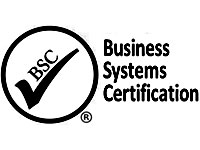Certifications
BSC
ISO 9001:2015 is the international standard that specifies requirements for a quality management system (QMS). Organizations use the standard to demonstrate the ability to consistently provide products and services that meet customer and regulatory requirements.
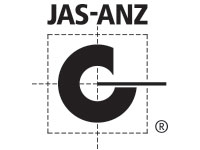
JAS-ANZ
JAS-ANZ does not certify or inspect organizations, products or people; rather, they accredit the bodies that do certify.
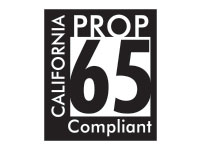
California Proposition 65
Proposition 65 is a California law passed by direct voter initiative in 1986. Its goals are to protect drinking water sources from toxic substances that may cause cancer and birth defects and to reduce or eliminate exposures to those chemicals generally, for example in consumer products, by requiring warnings in advance of those exposures.
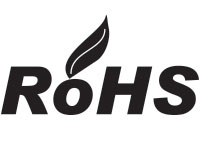
RoHS
The Restriction of Hazardous Substances Directive 2002/95/EC, (RoHS), short for Directive on the restriction of the use of certain hazardous substances in electrical and electronic equipment, was adopted in February 2003 by the European Union.
This directive restricts (with exceptions) the use of six hazardous materials in the manufacture of various types of electronic and electrical equipment. It is part of a legislative initiative to solve the problem of huge amounts of toxic electronic waste.
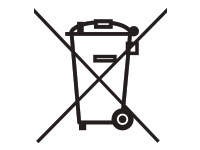
WEEE
The Waste Electrical and Electronic Equipment Directive (WEEE Directive) is the European Community Directive 2012/19/EU on waste electrical and electronic equipment (WEEE) which became European Law in February 2003. The WEEE Directive set collection, recycling and recovery targets for all types of electrical goods, with a minimum rate of 4 kilograms per head of population per annum recovered for recycling by 2009.
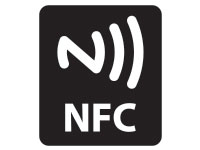
NFC
Near Field Communication (NFC) is a standard of short-range wireless connectivity protocols (Ecma-340, ISO/IEC 18092) that use magnetic field induction to enable communication between two electronic devices, one of which is usually a portable device such as a smartphone, when they’re touched together, or brought within a few centimeters of each other.
NFC devices are used in contactless payment systems, similar to those used in credit cards and electronic ticket smartcards and allow mobile payment to replace/supplement these systems. NFC is used for social networking, for sharing contacts, photos, videos or files. NFC-enabled devices can act as electronic identity documents and keycards. NFC offers a low-speed connection with simple setup that can be used to bootstrap more capable wireless connections, like Wi-Fi or Bluetooth.
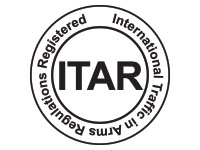
ITAR
International Traffic in Arms Regulations (ITAR) is a United States regulatory regime to restrict and control the export of defense and military related technologies to safeguard U.S. national security and further U.S. foreign policy objectives.
Defense-related articles and services on the United States Munitions List (USML) are covered by the regulations, which implement the provisions of the Arms Export Control Act (AECA), and are described in Title 22 (Foreign Relations), Chapter I (Department of State), Subchapter M of the Code of Federal Regulations.
For practical purposes, ITAR regulations dictate that information and material pertaining to defense and military related technologies may only be shared with U.S. Persons unless authorization from the Department of State is received or a special exemption is used.
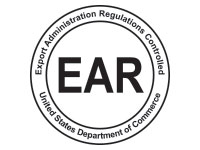
EAR
The U.S. Department of Commerce administers the Export Administration Regulations (15 CFR §§730-774), or “EAR,” which regulate the export of “dual-use” items. These items include goods and related technology, including technical data and technical assistance, which are designed for commercial purposes, but which could have military applications, such as computers, aircraft, and pathogens.
The list of EAR-controlled items (the Commerce Control list, or “CCL”) is published at 15 CFR §774, Supplement 1. Technical Data may take forms such as blueprints, plans, diagrams, models, formulae, tables, engineering designs and specifications, manuals, and instructions written or recorded on other media or devices such as disk, tape, and read-only memories. EAR Technical Assistance may take forms such as instruction, skills training, working knowledge, and consulting services.
For goods and technology listed on the CCL, a license may be required for export, depending on the destination country, receiving party, and end use, unless an exclusion or exemption applies. Where embargoed countries are involved, a license will be denied.
The regulations include an additional “catch-all” category, the EAR99, which covers any good or technology that is subject to the EAR as defined in 15 CFR §734.3(a), but that is not on the CCL. Items in the EAR99 category do not require a license for “list-based” controls, but may require a license based on embargoes, sanctions, receiving party or end use.
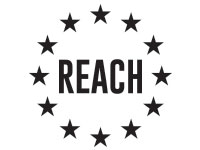
REACH
REACH is a European Union regulation concerning the Registration, Evaluation, Authorization and restriction of Chemicals. It came into force on 1st June 2007 and replaced a number of European Directives and Regulations with a single system.
REACH has several aims:
- To provide a high level of protection of human health and the environment from the use of chemicals.
- To make the people who place chemicals on the market (manufacturers and importers responsible for understanding and managing the risks associated with their use.)
- To allow the free movement of substances on the EU market.
- To enhance innovation in and the competitiveness of the EU chemicals industry.
- To promote the use of alternative methods for the assessment of the hazardous properties of substances e.g. quantitative structure-activity relationships (QSAR) and read across.
REACH applies to substances manufactured or imported into the EU in quantities of 1 ton or more per year. Generally, it applies to all individual chemical substances on their own, in preparations or in articles (if the substance is intended to be released during normal and reasonably foreseeable conditions of use from an article).
Some substances are specifically excluded, such as radioactive substances, substances under customs supervision, the transport of substances, non-isolated intermediates, waste and some naturally occurring low-hazard substances.
Some substances, covered by more specific legislation, have tailored provisions, including human and veterinary medicines, food and foodstuff additives, plant protection products and biocides.
Other substances have tailored provisions within the REACH legislation, as long they are used in specified conditions, such as isolated intermediates and substances used for research and development.

CE
The CE mark, or formerly EC mark, is a mandatory conformity marking for certain products sold within the European Economic Area (EEA) since 1985. The CE marking is also found on products sold outside the EEA that are manufactured in, or designed to be sold in, the EEA.
The letters “CE” are the abbreviation of French phrase “Conformité Européene” which literally means “European Conformity”.
CE Marking on a product is a manufacturer’s declaration that the product complies with the essential requirements of relevant European health, safety and environmental protection legislation.
CE Marking on a product indicates to governmental officials that the product may be legally placed on the market in their country; ensures the free movement of the product within the EFTA & European Union (EU) single market, and permits the withdrawal of the non-conforming products by EEA customs and enforcement/vigilance authorities.
The CE marking also indicates that the product complies with directives in relation to “Electro Magnetic Compatibility” – meaning the device will work as intended, without interfering with the use or function of any other device.

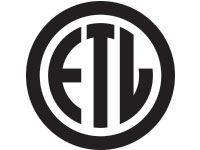
UL and ETL Listed (Intertek)
The United States Occupational Safety and Health Administration (OSHA) requires that 38 different types of products, devices, assemblies, or systems used in the workplace be “approved” (i.e., tested and certified) by third-party organizations identified as Nationally Recognized Testing Laboratories (NRTLs). As part of OSHA’s NRTL Program, the recognition is to testing facilities acknowledging that the organizations have the necessary qualifications to perform safety testing and certification of specific products covered within their scopes to provide product safety testing and certification services to manufacturers for use of select types of products, devices, assemblies, or systems. The testing and certification are conducted in accordance with U.S. consensus-based product safety test standards. These test standards are not developed or issued by OSHA but by U.S. standards organizations (e.g., ANSI, the American National Standards Institute) arrived at by consensus amongst representatives of other standards organizations, government agencies, consumer groups, companies, and others. The range of products covered is limited to those items for which OSHA safety standards require “certification” by an NRTL.
Underwriters Laboratories, Inc. (UL) and Intertek Group plc (ETL Listed Mark) are both considered independent NRTLs.
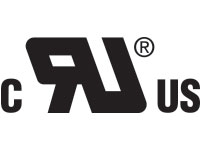
C-UR-US
This is one of several UL marks consumers rarely see because they are specifically used on component parts that are part of a larger product or system. These components are to be installed at the factory, not in the field and they may have restricted performance capabilities that limit their use. When a complete product or system containing UL Recognized Components is evaluated, the end-product evaluation process can be streamlined. The component recognition marking is found on a wide range of products, including some switches, power supplies, printed wiring boards, some kinds of industrial control equipment and thousands of other products.
There are three variations of UL’s Recognized Component Mark: one for the United States only, one for Canada only and one for both the United States and Canada. The optional C-UR-US Component Recognition Mark indicates compliance with both Canadian and U.S. requirements. UL encourages manufacturers distributing UL Recognized Components evaluated for both countries to use this combined Mark.

